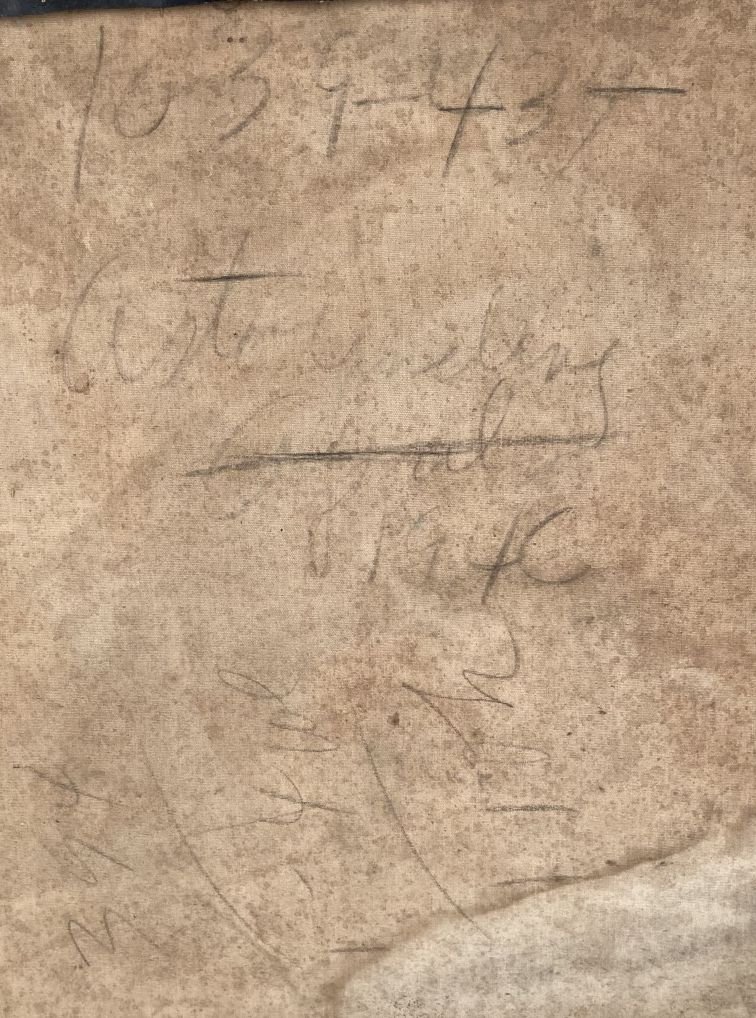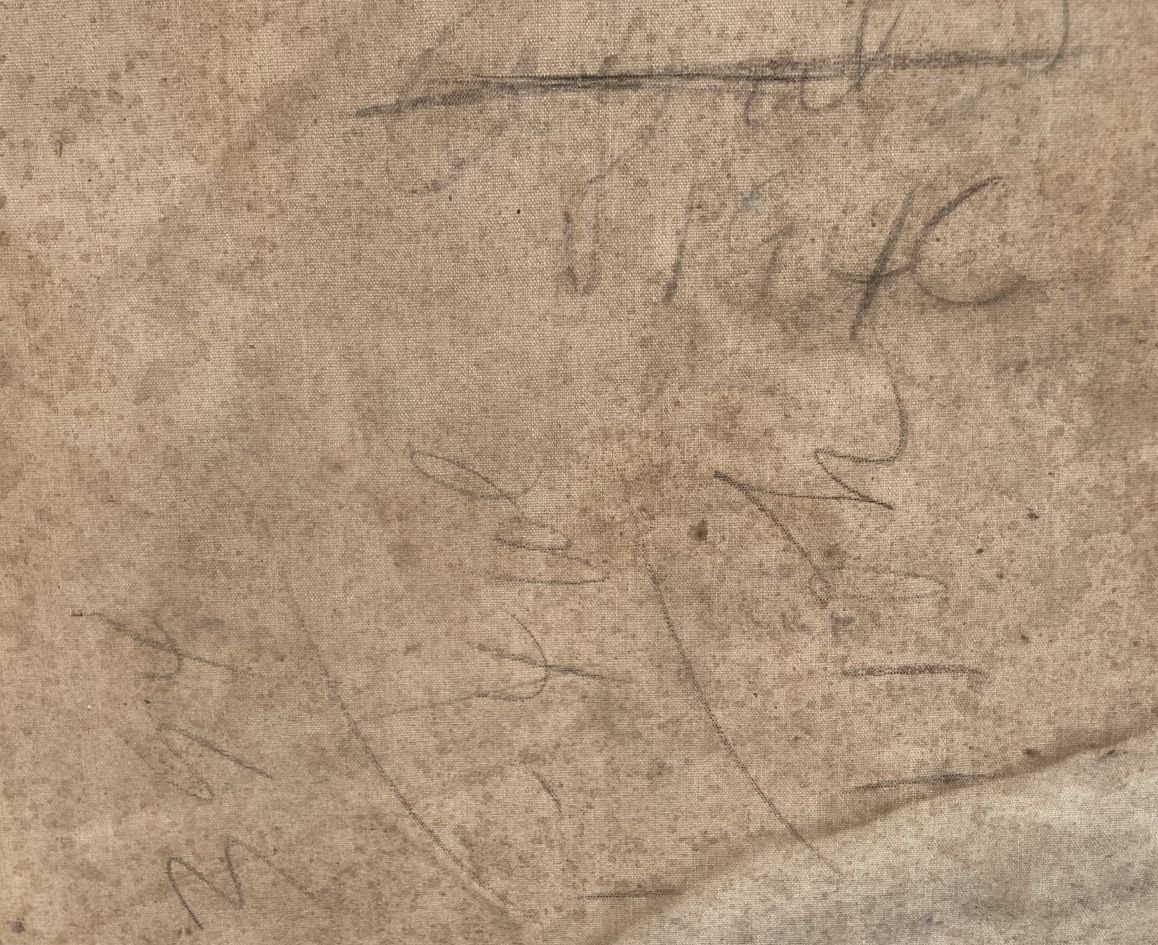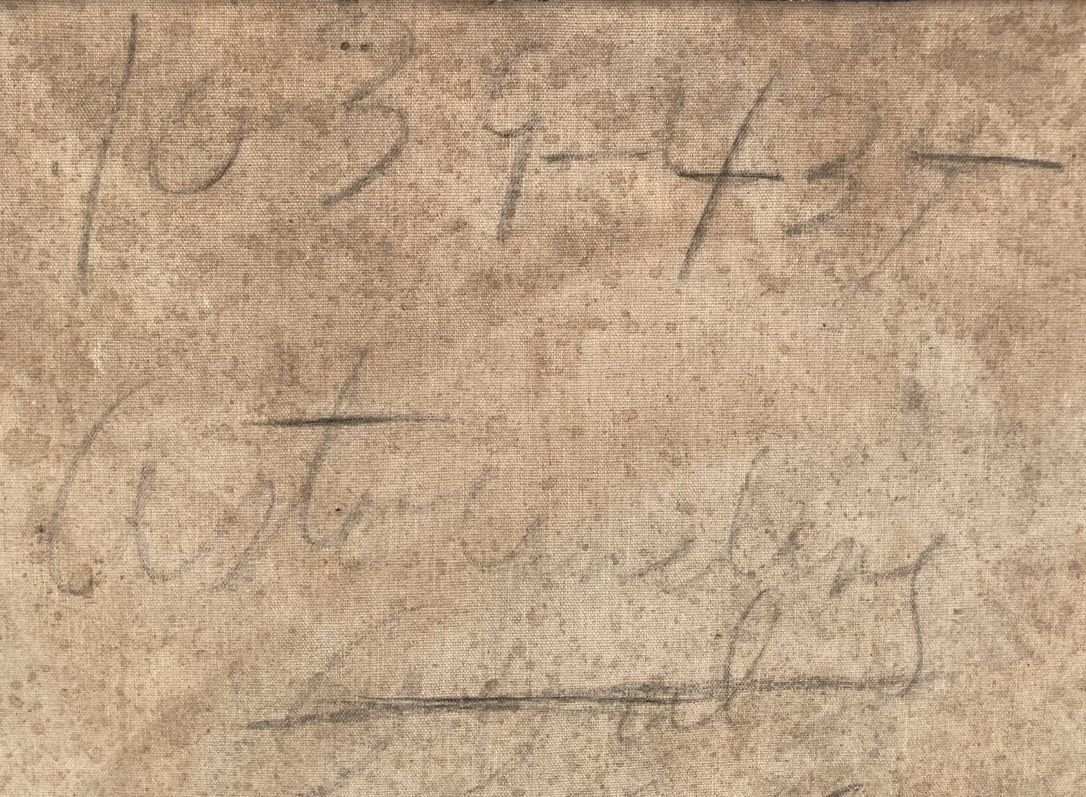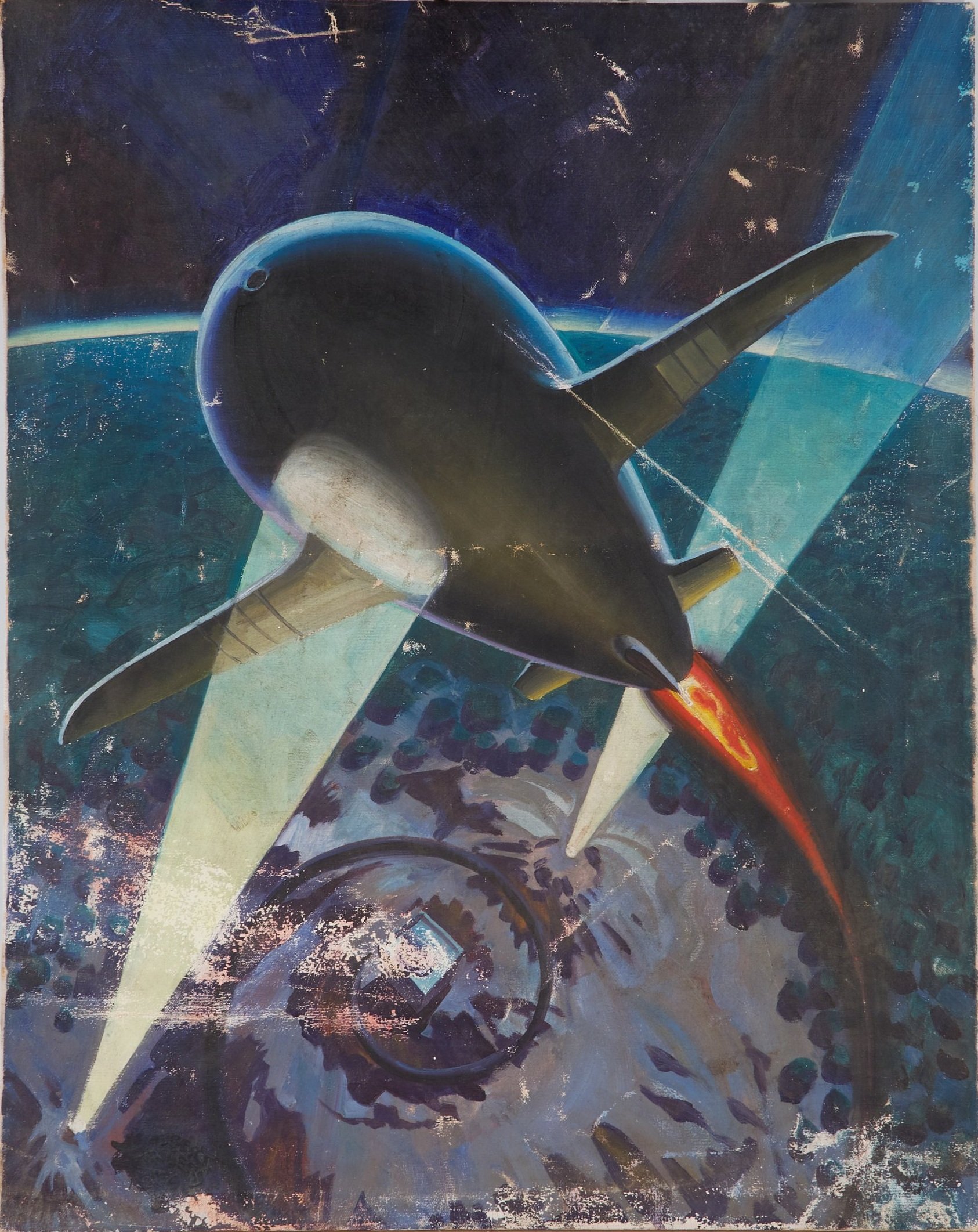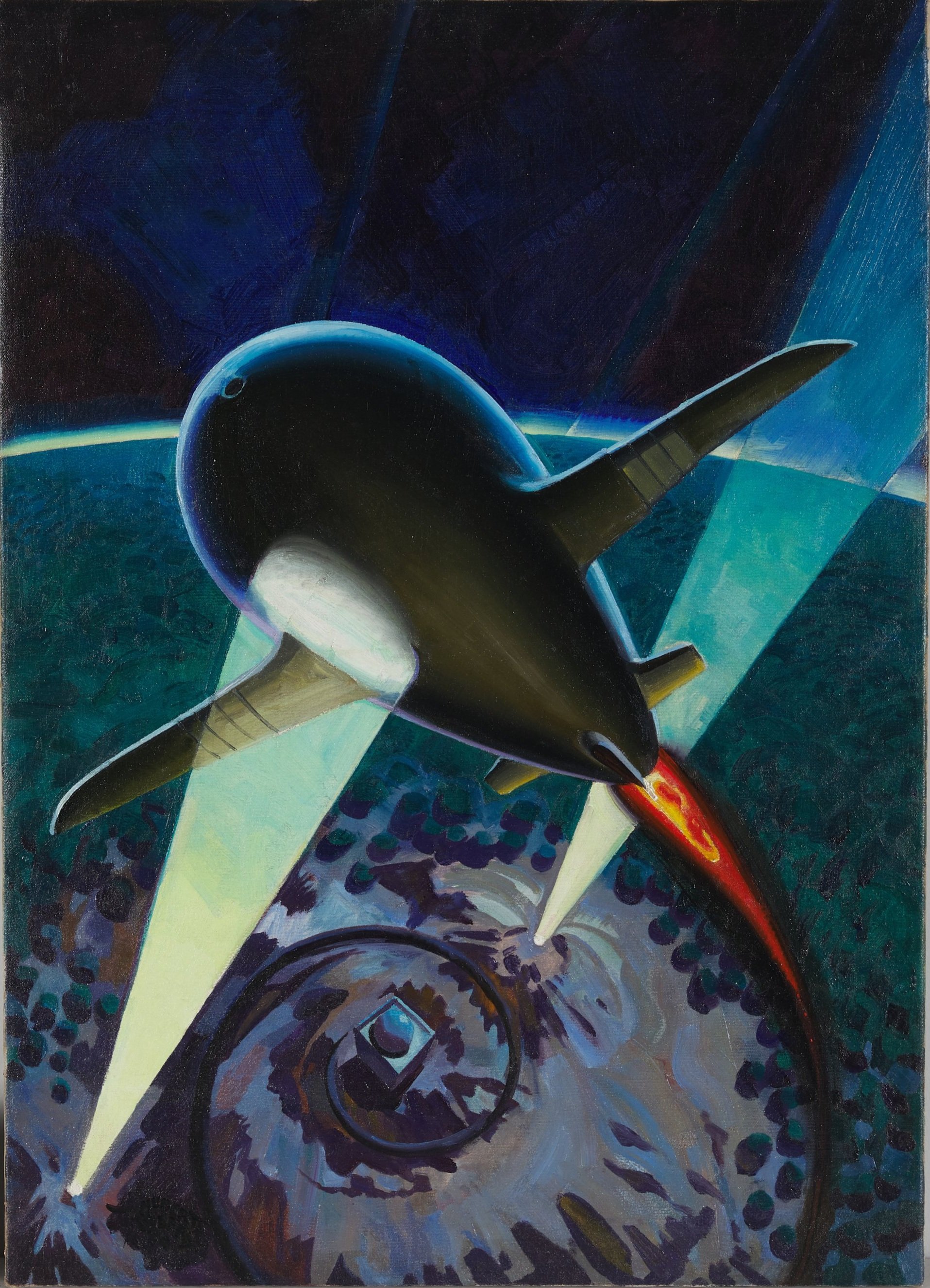Astounding Stories was an American science fiction magazine that began in 1930 when Clayton Publishing launched it to capitalize on the interest in science fiction stories. In the 1930s, it became one of the most popular and influential magazines in the science fiction world; in 1934, it had double the circulation of its science-fiction rivals. While the magazine's title has changed over the years, in 2011, it became the longest-running, continuously published magazine dedicated to the science fiction genre. In fact, the magazine is included in the library of the International Space Station.
Pulp art was essential to this emerging mass media landscape in the early 20th century. Pulp covers were designed to draw in the reader and are an iconic and collectible part of the science fiction genre. The inexpensive wood-pulp paper on which these magazines were printed was conducive to inexpensive printing and distribution and thus ensured that pulp magazines were widely available to the general public.
Space Guards before treatment
"Astounding was the leading science fiction pulp magazine of the late 1930s and 1940s. The artist, Hubert Rogers, was their primary cover artist from the late 1930s until he left to return to his native Canada and assist in the war effort. The story this illustrates, "Space Guards," was written by Philip Francis Nowlan. Nowlan's name may not be remembered today, but in 1928 he created Buck Rogers." The owner of this painting, a true pulp art and science fiction fan, found this Roger's painting in need of conservation. "I bought this painting at an estate sale, where it had apparently been stored for decades in a closet. I don't know how it ended up there - back then, pulp art often was given to folks who worked at the publisher, or given to science fiction conventions to be auctioned off to help raise money for the convention. Rogers was one of the few artists who did manage to get a great deal of his original art back. Obviously, it was in dire need of conservation, as it had suffered greatly over the years."
Cover of Astounding Science Fiction, “Space Guards”
Indeed, upon examination, it was clear that the painting needed stabilizing treatment. The linen canvas exhibited moderate deformations with several sharp creases in the top half and was slack on the support. The stretcher was missing all of its keys.
Space Guards before treatment under raking light showing deformations and creases
The bottom edge of the painting has previously been made smaller; the paint surface extended past the picture plane where the canvas was turned over to the back. The canvas exhibited stretcher creases on all sides. The canvas was brittle, and all four corners of the canvas were torn.
Space Guards, verso, before treatment
There were water stains on the verso of the canvas. There was mold on the verso in the upper right and in the tideline area in the upper left quadrant.
Space Guards before treatment, detail
The piece exhibited numerous extended linear paint losses along the bottom half. The top half showed extensive small paint losses corresponding to the water damage. These losses accounted for approximately 20% of the paint layer throughout the top half of the painting. The paint exhibited blanching in the water-damaged areas.
Space Guards before treatment, detail
Space Guards before treatment, detail
There is an inscription on the verso of the canvas that is partially illegible and reads, "1039-434/ 354_ _ _ 10th".
Space Guards before treatment, under UV light
First, the flaking paint was locally consolidated using conservation adhesives. Once stable, the canvas was removed carefully from the stretcher by the painting conservator. The canvas deformations were flattened as best as possible using a combination of heat, suction, humidity, and weight techniques. The tears were aligned and mended, and the original canvas was lined to a prepared canvas using conservation adhesives to offer structural support to the brittle linen.
The lined canvas was then re-stretched to a new stretcher to conservation standards. The stretcher was keyed-out to provide adequate tension for the canvas, further addressing deformations. Re-stretching also allowed the previously folded portion of the original painting to be visible as part of the piece once again.
Space Guards, during treatment, under UV light. Areas of inpainting effervesce under UV light.
Once cleaned of surface grime on both the recto and verso, the areas of loss in the paint were filled and textured using an appropriate conservation grade fill material. Next, a coat of varnish was applied to saturate the paint layer and isolate the original paint layer. Then, inpainting was carried out in areas of loss and abrasion using reversible conservation paints.
Amber Schabdach, Senior Paintings Conservator, shared her experience treating this and other pulp art paintings: “The pulp paintings are always a real treat for me. I absolutely love working on them as they are fun to look at, and always look amazing once cleaned. The treatments are somewhat predictable as the paintings were made in a traditional manner, but definitely do not have a traditional theme.”
Space Guards after treatment
A coroplast backing board was attached to the reverse to provide additional protection. Photo-documenting of the inscription on the verso of the canvas was affixed to the backing board.
"I've been a science fiction fan since the 1970s, and have been collecting pulp art since the 1990s. Rogers is one of my favorite pulp artists, and we have several of his pieces. Over the years I've become friends with his daughter, and we're working on a book of Rogers' works." Now back with the owner, this painting will be just treasured and admired on display but will continue to fuel the owner's ambition in bringing more attention to the work of Hubert Rogers.








